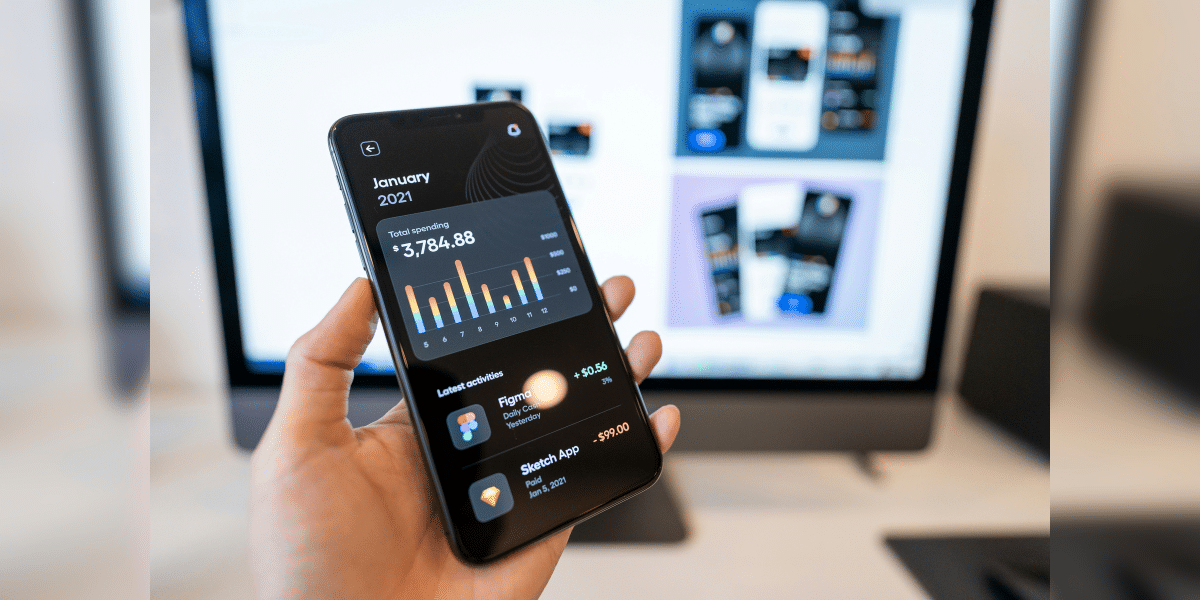Image Commercially Licensed from: Unsplash
User stories aim to describe what the user wants the application to do. It provides a high-level understanding of a feature from the end user’s perspective.
Whereas the acceptance criteria are essentially mobile app testing, an application must pass to demonstrate that it has met all the user requirements.
User stories describe the desired outcome; acceptance criteria outline the steps to achieve that outcome by offering a checklist ensuring the feature behaves as intended from an end-user perspective.
This article will explore how developers and product owners can collaborate to define acceptance criteria for user stories to drive their testing process.
What are the acceptance criteria?
Acceptance criteria are a set of several prerequisites and conditions to validate an application meets its requirements to be accepted by end users to consider a user story to be finished.
They aim to define a product’s expected behaviors, functionalities, and outcomes, but they do not delve into finding out the specific steps to achieve these outcomes or implement a specific functionality. This is because the purpose of acceptance criteria is to state the aim, not the solution.
What are user stories?
A user story is essential and the first step to excellent application development. It helps to clearly define what users want. This encourages collaboration among developers, testers, and stakeholders to work together and create an application that meets their needs and provides a more satisfying user experience.
Importance of acceptance criteria for user stories
The criteria reflect what the users want instead of what the developers think they want. More often, user stories can be vague and open to interpretation if not defined correctly. In that case, it is possible for functional requirements to match with user stories but not reflect their intent.
When should acceptance criteria be created?
Before the beginning of development, acceptance criteria must be created. Their use marks the point of development where the user story is finished satisfactorily. Well-written acceptance criteria prevent unexpected results at the end of a development stage and help ensure that all stakeholders and users are satisfied with the final result.
Tips to collaborate and write user stories
Acceptance criteria are needed for a user story to be considered done and ready for testing.
Understanding the user story
In application development, understanding the users’ needs is crucial. Therefore, the first step in collaborating with developers and product owners on acceptance criteria is understanding the user story from an end-user perspective.
Defining the scope and boundaries
The next step in establishing smooth collaboration is to define the scope and boundaries of the user story. The most effective way to do this is by describing the main features, functions, processes, and interactions the user story covers.
Considering the definition of “done”
Another step to build collaboration with developers and product owners is to align the acceptance criteria with the definition of done (DoD). The DoD is a checklist that applies to all user stories and ensures they are consistent, complete, and ready for delivery.
Contributing to writing acceptance criteria
Usually, the product owner or product manager gets this responsibility because they better understand the users’ needs and hold the vision for the final product outcome to ensure that acceptance criteria are written from the end user’s perspective.
To streamline acceptance testing and accelerate the application release, running acceptance tests using best-automated tools compatible with the testing needs is essential.
LambdaTest is an AI-powered test orchestration and execution platform to run both manual and automated tests at scale and meet testing demands. Testers can use this platform to test their application’s performance under varying conditions, ensuring it meets end users’ expectations.
Conclusion
Acceptance criteria are an important aspect of every user story the team works on. It clearly defines the scope, desired result, and testing criteria functionalities the delivery team is working on.
A user story can only be interpreted when the acceptance criteria are defined, provide complete clarity on the expected outcomes, and allow both the users and the developer to sync with the functionality that a user story will provide.
Published by: Nelly Chavez










